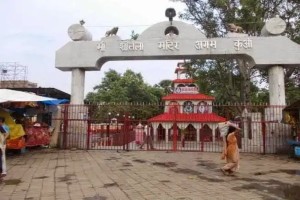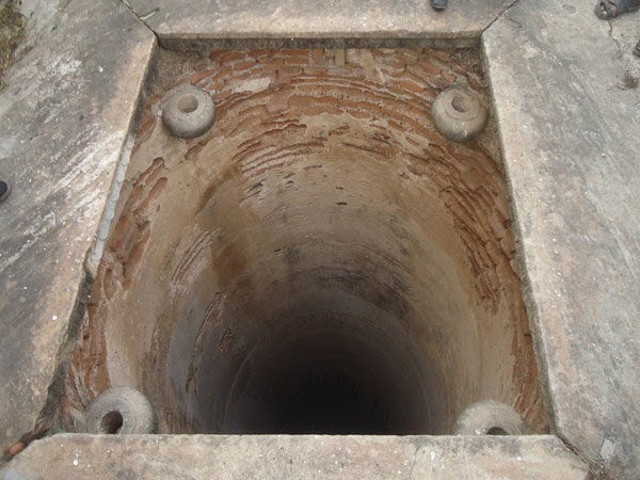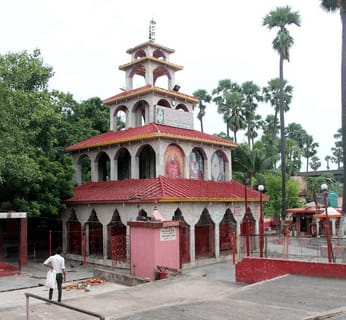
 By Nandini Bhushan
By Nandini Bhushan
Bihar has derived its name from the word “Vihar”, which means monastery, a place where monks lived together. It was here that Buddhism flourished in its initial day and the region was dotted with some of the important Buddhist monasteries or Vihars.
Such is the essence of its historical importance that Bihar itself represents history. Indian civilisation is believed to be one of the oldest civilisations in the world and Bihar has occupied the central place of activity and the seat of power for a major period of this great civilisation.
Yet, despite its historical importance, Bihar has been quite underrated and not a popular destination among tourists exploring the places witnessing great moments of history, largely because of the ignorance of people, just as most people are about Bihari cuisine. The fact is that Bihar has been an integral part of our glorious Indian history, yet it remains an unexplored historical travel destination, and has therefore been quite underrated among tourists. Blessed with remarkable relics and monuments from ancient dynasties and deeply linked with Indian history as a spiritual and learning center, it definitely deserves better treatment.
In this blog, I bring to you the historical sites of Bihar and its glorious past. Here is Bihar from the lens of an avid history lover to give you a chance to peep in the rich heritage of this glorious land of Buddha.
Agam Kuan

Each time as a child when the train passed through Gulzarbagh station, little did I realise that the insignificant looking structure had immense archaeological and historical importance with many untold stories and mysteries attached to it. Situated in Patna, the capital city of Bihar, Agam Kuan is a mysterious well built by Mauryan ruler Ashoka the Great who ruled from 304 to 232 BCE.
Agam Kuan is over 2000 years old and one of the oldest archaeological sites in Patna that appears to be a normal well but it has numerous stories attached to it. A British explorer named Laurence Waddell in 1890s spotted Agam Kuan while exploring the ruins of Pataliputra and identified it as a well built by great ruler Ashoka before he embraced Buddhism. A Chinese traveller named Fa Hien has mentioned about the torture practice during the Mauryan era. Agam Kuan is also mentioned in Ashoka’s Edict No -V111 where it is referred to as ” Fiery well”
Also read: Tourist places of Bihar: A glimpse into ancient Magadh -Part 2

Agam Kuan or “Unfathomable well” is a very ancient and large brick well which is circular in shape and is lined with bricks on its upper side in 43 feet and is surrounded by wooden rings in the remaining 62 feet. The well was restored during the reign of Emperor Akbar and a structure of roof shape was built around the well.
Historically this well is believed to have been used for torture practice by Mauryan ruler Ashoka the great. Ashoka is believed to have been a very cruel ruler who indulged in lots of cruelty and finally after seeing the brutalities at Kalinga war, finally embraced Buddhism and spirituality. It is also stated by few other popular legends that Ashoka killed and threw here ninety-nine of his elder brothers to get the throne and crown. Agam kuan is also stated to have been used to torture the convicts by throwing them into the fire that used to illuminate from the well.
Mythologically it is believed that the Agam Kuan is linked to the patal look or the ” hell”. This belief is linked to a story where a saint accidentally found a log in the well that had supposedly got lost in the sea. Yet another mythological theory believed that the well has Geo hydrological link and is connected to river Ganges which flows beside Patna. Apart from these stories, this archaeological site is also linked to several Jain religious stories. One of the most notable one being that the Jain monk Sudarshan was thrown in the well by a king named Chand. However, he managed to float on the surface and was eventually found seated on a lotus. The history of Agam Kuan is also linked to ” heat and hell”. The Muslim rulers during the Mughal era offered golden coins in the Agam Kuan. It is often looked upon as well with hidden and unspoken mysteries since it’s water never dries up and it is also observed that it’s colour too often changes. It is also believed that it has many small wells hidden with lots of treasure in its base. Besides eventually numerous efforts to find the depth of Agam Kuan had been unsuccessful.

Several sculptures of ancient and mediaeval India have been excavated from here, and one such was reported by Cunningham on his visit to the archaeological site in the year 1879 – 80, where he came across the statue of Yaksha of Mauryan art affiliation but more detail about it is not known.
Agam Kuan is considered auspicious in the modern time for religious functions and weddings and stands tall as an integral part of the history and heritage of Bihar. Next to Agam Kuan lies an ancient temple of Shitla Devi and is believed to have potency in curing small pox and chicken pox and holds a special place for devotees who religiously visit it once they visit this historical site.






Informative and tempting to visit